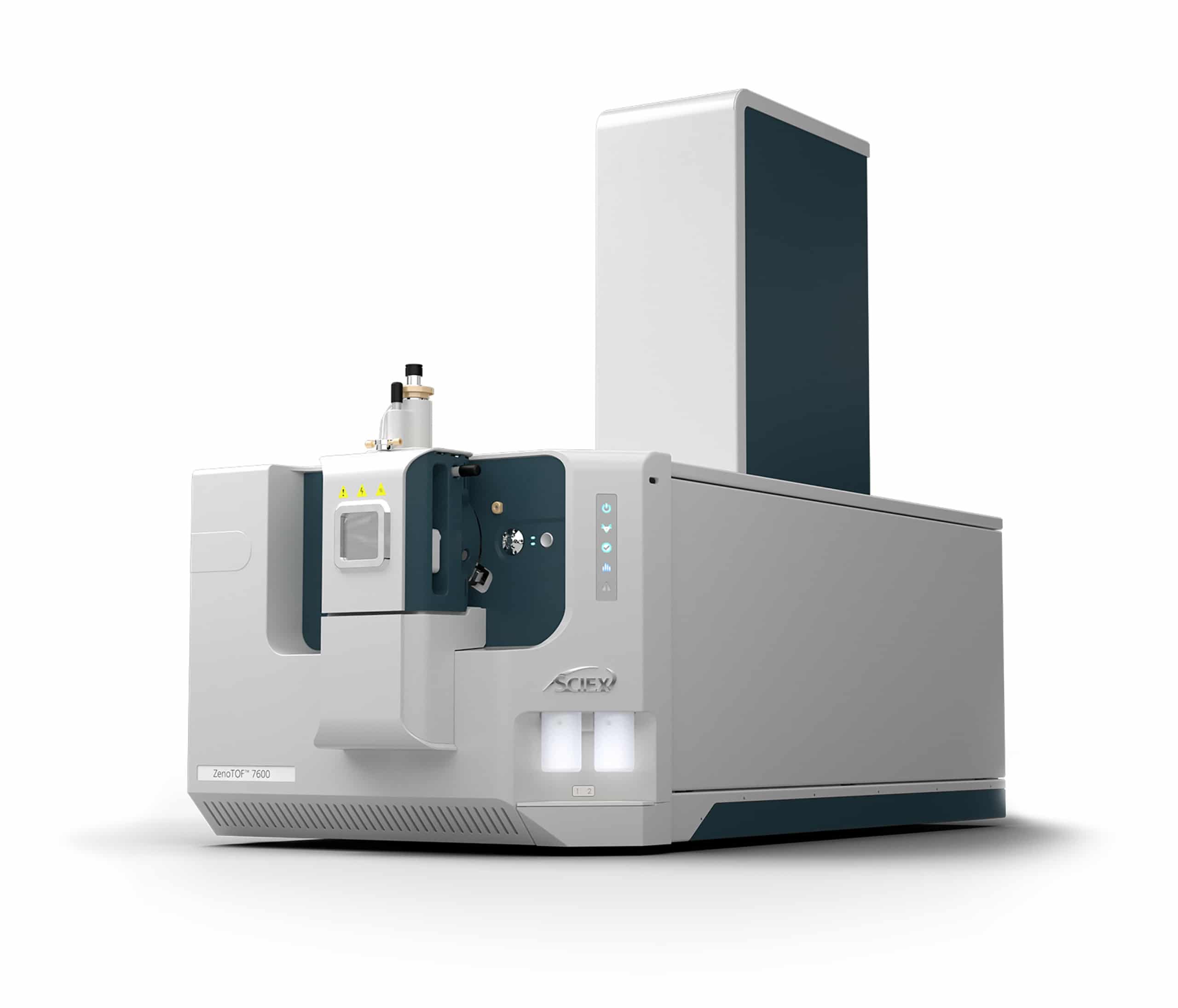SCIEX Debuts New QTOF Mass Spectrometer
SCIEX (a Danaher company), one of the world’s largest mass spectrometry (MS) companies, has introduced a new QTOF MS platform. The ZenoTOF 7600 LC-MS/MS is the company’s latest QTOF system, joining a QTOF product portfolio that includes the TripleTOF series and X500 models. Strategic Directions International (SDi) estimates worldwide QTOF MS demand to exceed $400 billion this year, according to the “SDi Global Assessment Report 2021.”
The ZenoTOF 7600 marks the latest MS platform for the company. “The ZenoTOF 7600 is a new system and constitutes our new flagship high resolution mass spectrometer for the product line SCIEX offers to our customers,” explained Dominic Gostick, PhD, Vice President & General Manager, LC/MS Business and Interim Chief Technology Officer, SCIEX.
“This advancement makes our system unique as it applies to not just one m/z value but for the entire mass range in one single acquisition mode.”
The ZenoTOF 7600 system introduces the Zeno trap pulsing technology and electron activated dissociation (EAD) fragmentation. Together, they are designed to provide greater sensitivity, speed and flexibility for analyzing more types of molecules. Zeno trap addresses duty cycle limitations. “Typically with QTOFs, around 5%–25% of the ion beam is injected in the TOF section of the instrument with each TOF pulse, depending on the mass range of interest, which may impact instrument sensitivity in certain cases,” explained Dr. Gostick. “This advancement makes our system unique as it applies to not just one m/z value but for the entire mass range in one single acquisition mode. So we can see more fragment ions per unit time due to the sensitivity improvement of the system, and detect lower abundance species.” The company reports 5–20x sensitivity gains as a result of the Zeno trap.
EAD also boost sensitivity and allows for a range of fragmentation techniques in one system. Dr. Gostick stated, “Electron activated dissociation (EAD) combines unique, tunable fragmentation with maximum sensitivity using the Zeno trap. Customers can fully exploit additional fragmentation techniques such as ECD [electron capture dissociation], Hot ECD, EIEIO [electron‐induced excitation of ions from organics] and EID [electron induced dissociation].” He further commented, “We have demonstrated that EAD can produce unique diagnostic ions for isomers, lipid characterization, post translational modifications for proteomics and biomolecule characterization in which mass spectral resolution alone would have not been enough to decipher the structure and chemical composition.”
SCIEX also announced the commercial availability of its cloud-based OneOmics Suite for LC/MS. The Suite supports processing of large data sets, collaboration and fast processing time. “With OneOmics, all tools needed to facilitate large-scale omics research are brought together into one software suite, while the storage of data and results in SCIEX Cloud allow users to share and collaborate on projects globally,” explained Dr. Gostick. The company cites a 10x faster processing team than desktop equivalents.
For OneOmics, SCIEX offers three application-based subscription choices: proteomics, metabolomics or multi-omics. Among the capabilities of each base subscription are result visualization, pathway analysis and data processing for the SWATH (Sequential Windowed Acquisition of All Theoretical Fragment Ion Mass Spectra) data independent acquisition method.
Part of the OneOmics Suite is the new Molecular Profiler app for metabolite identification and characterization. Applications include the development of oligonucleotide or peptide therapeutics.





